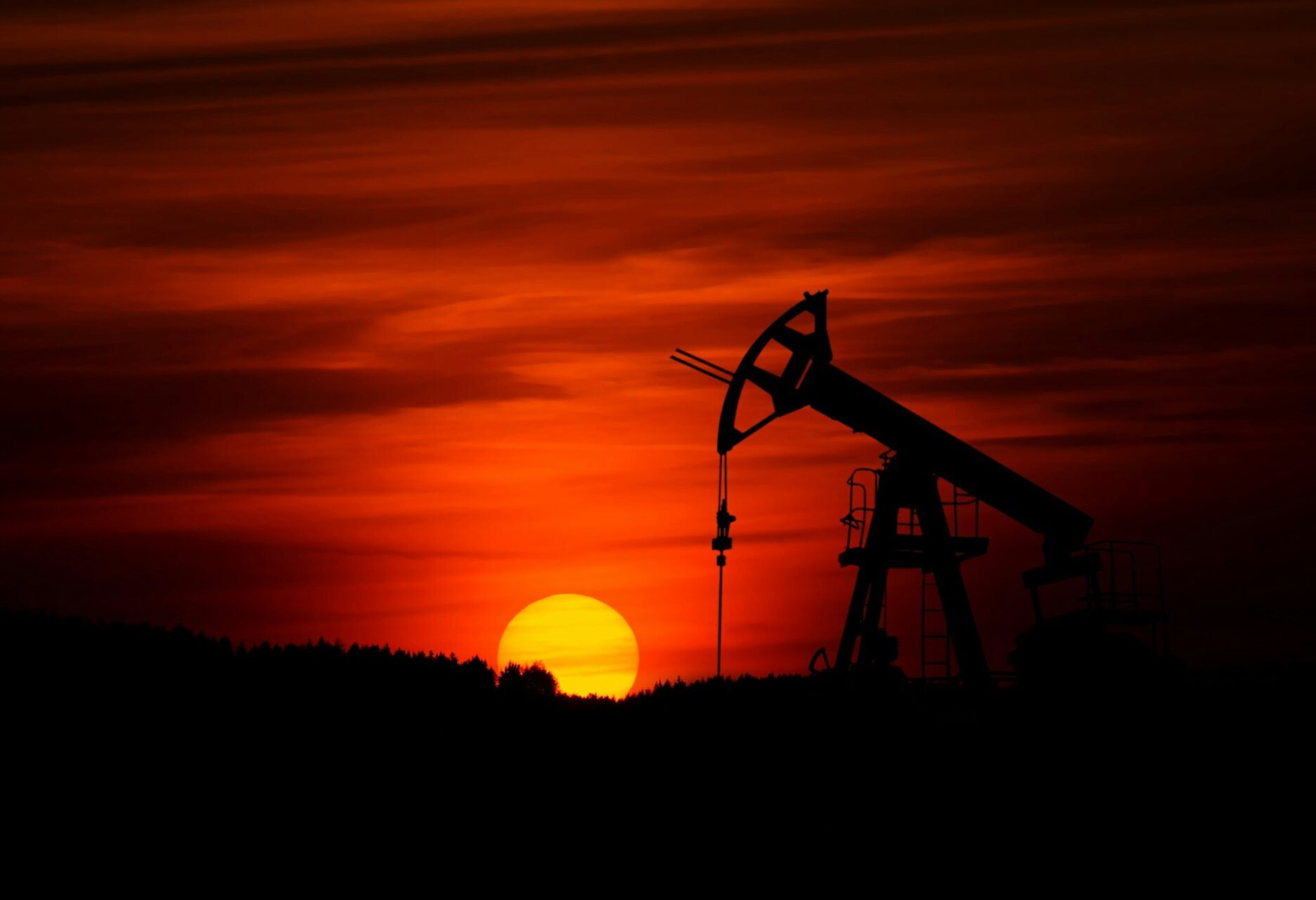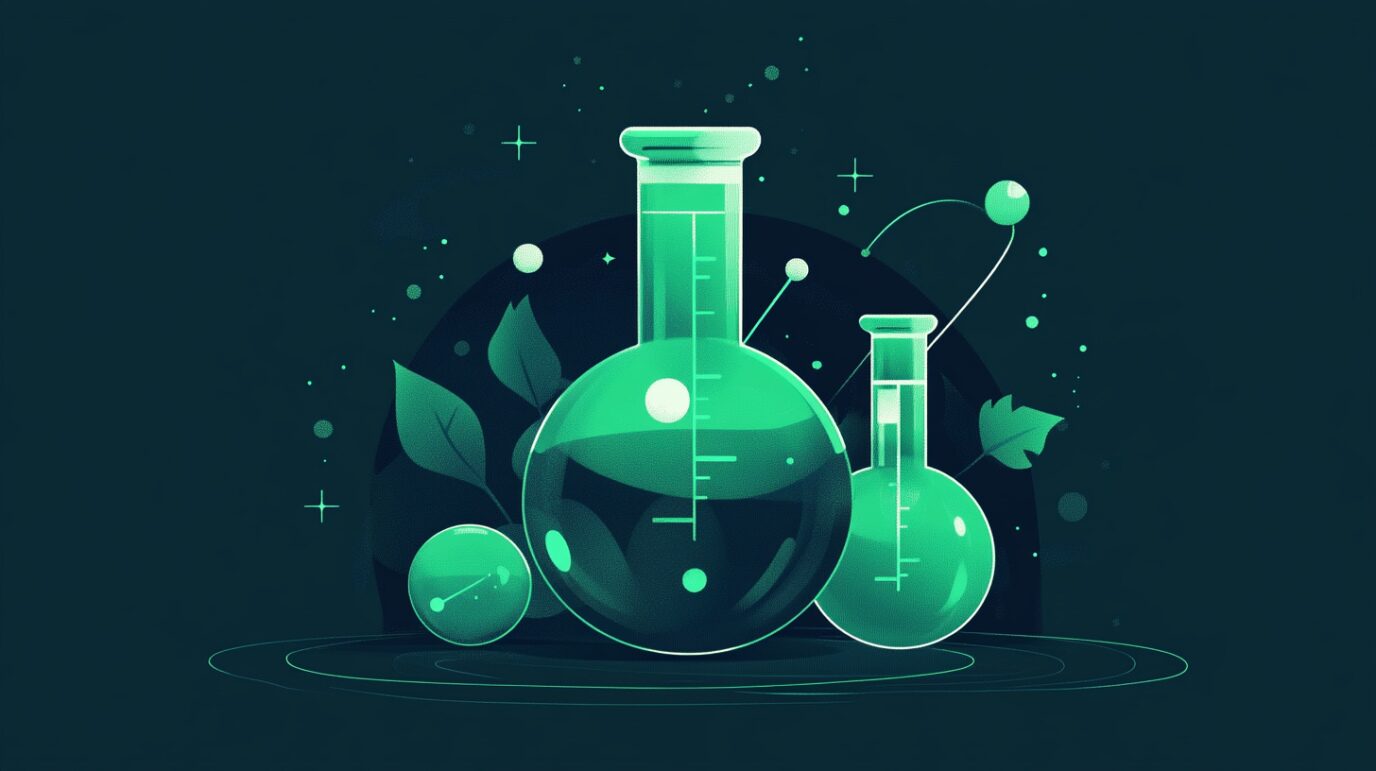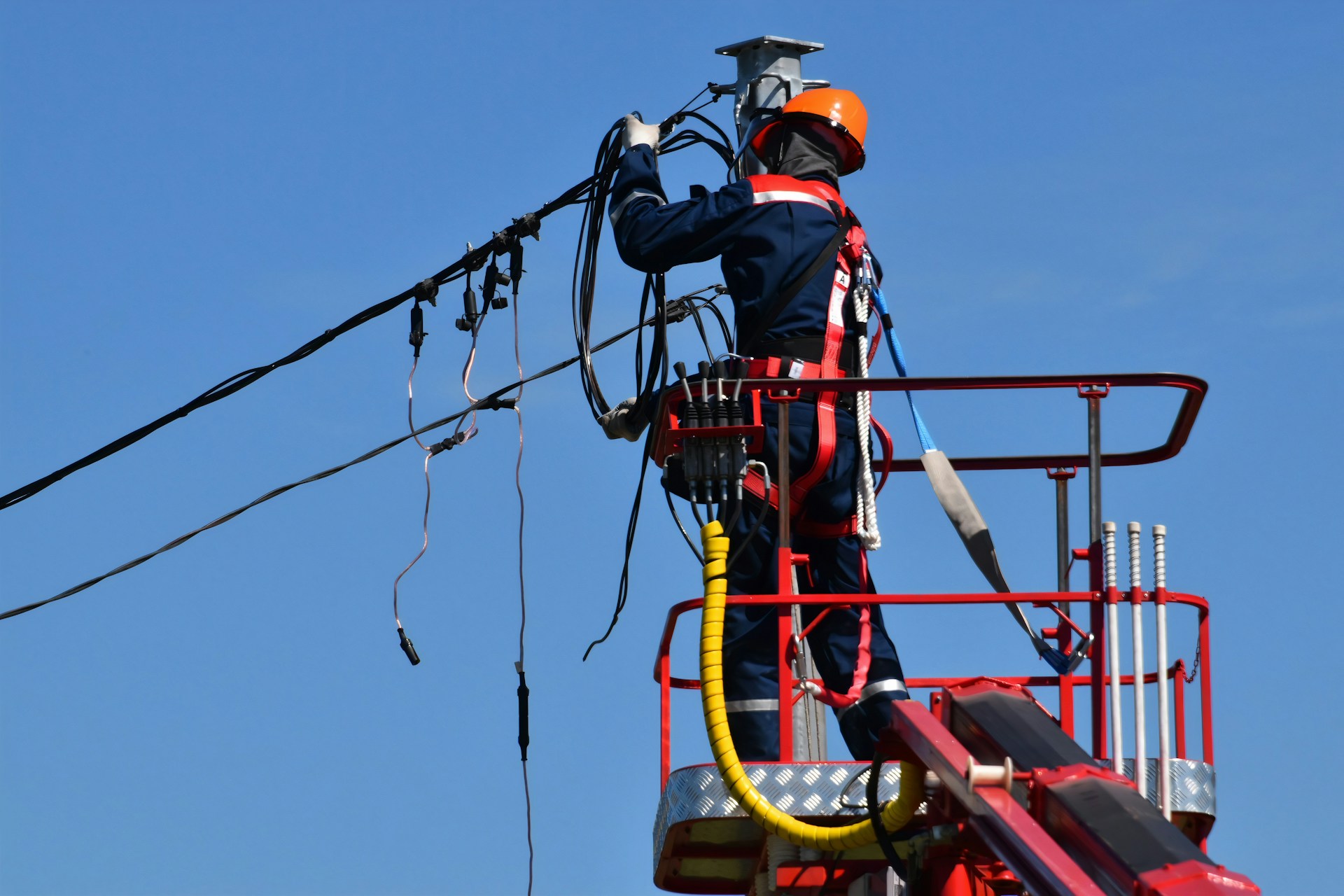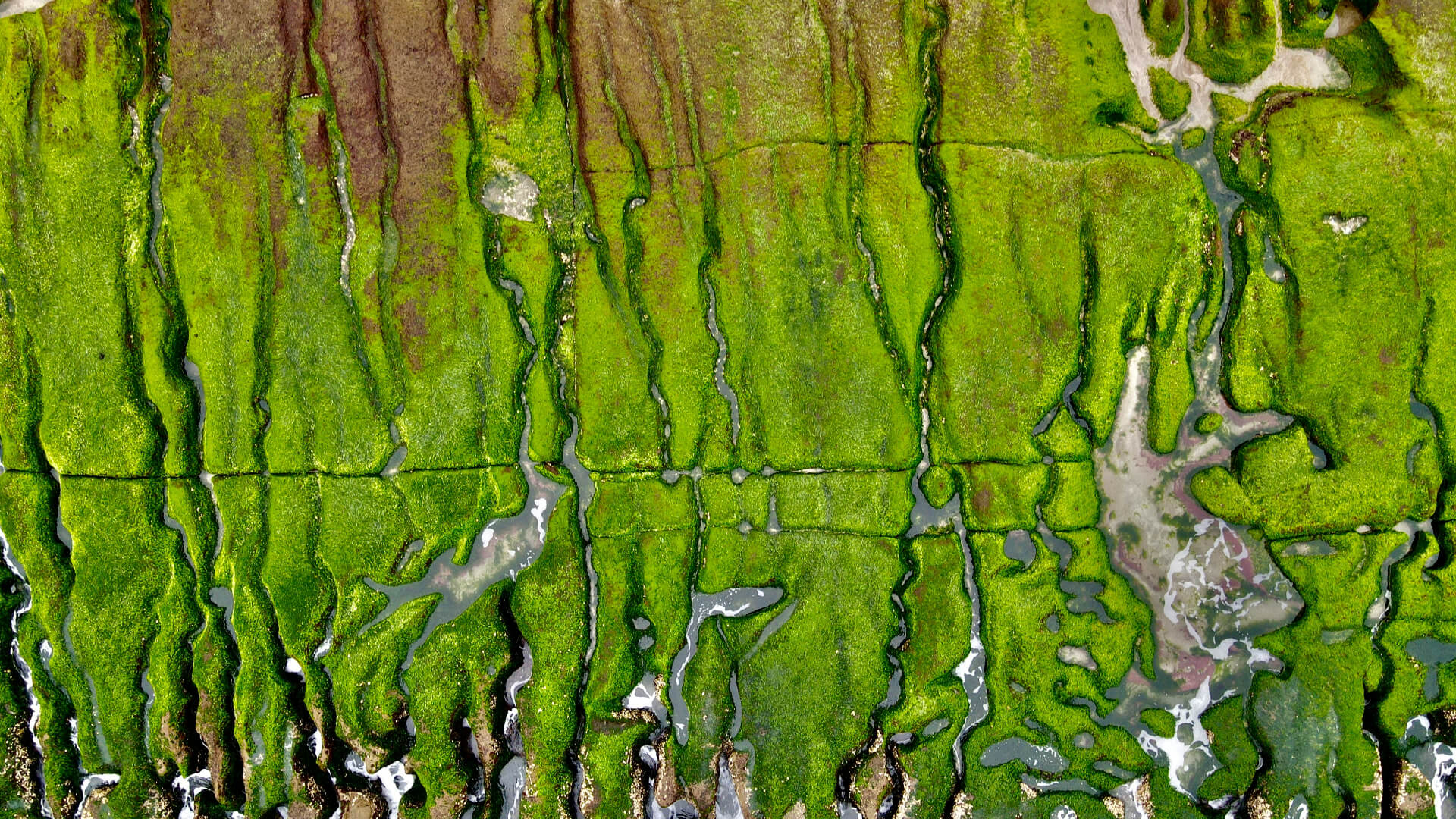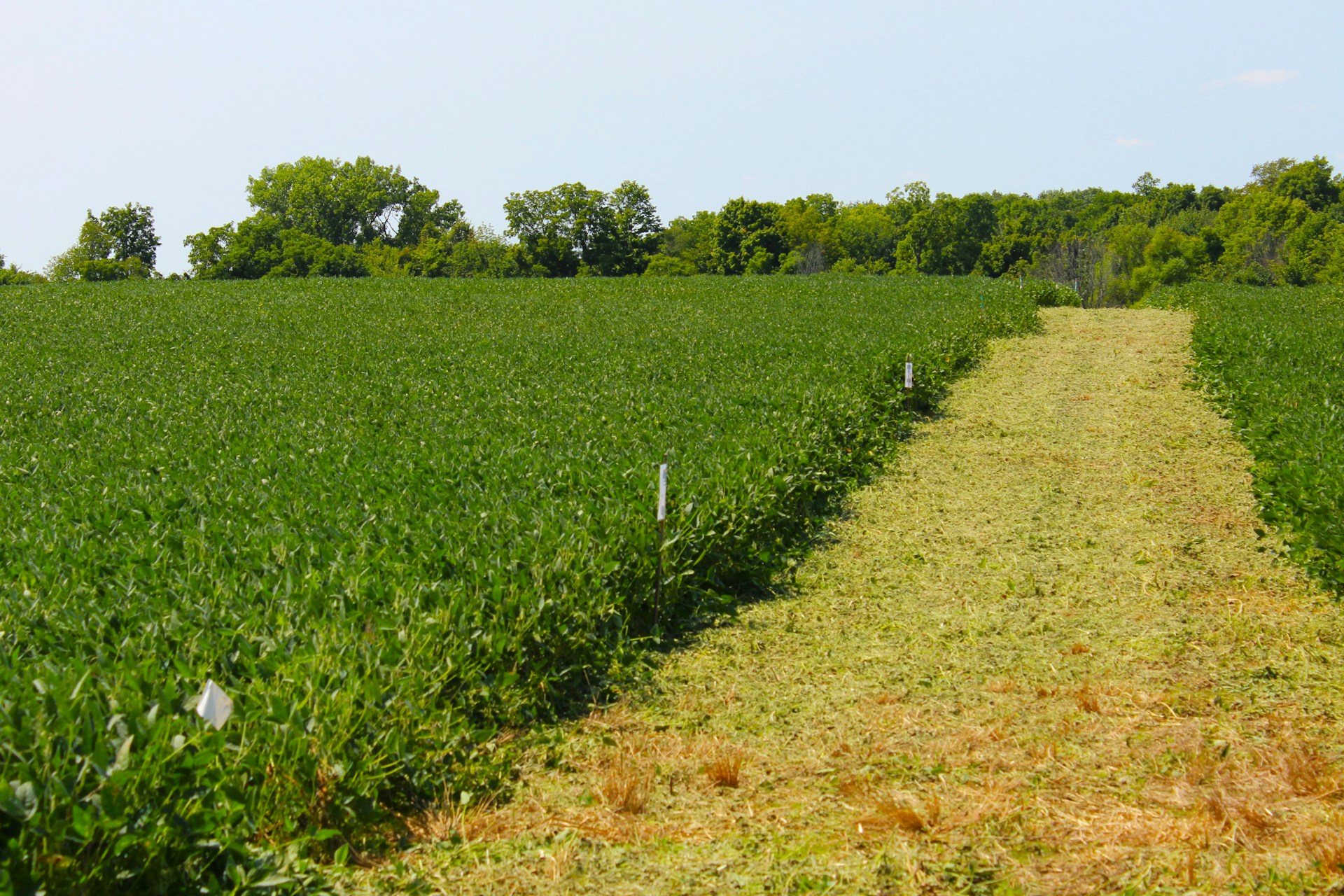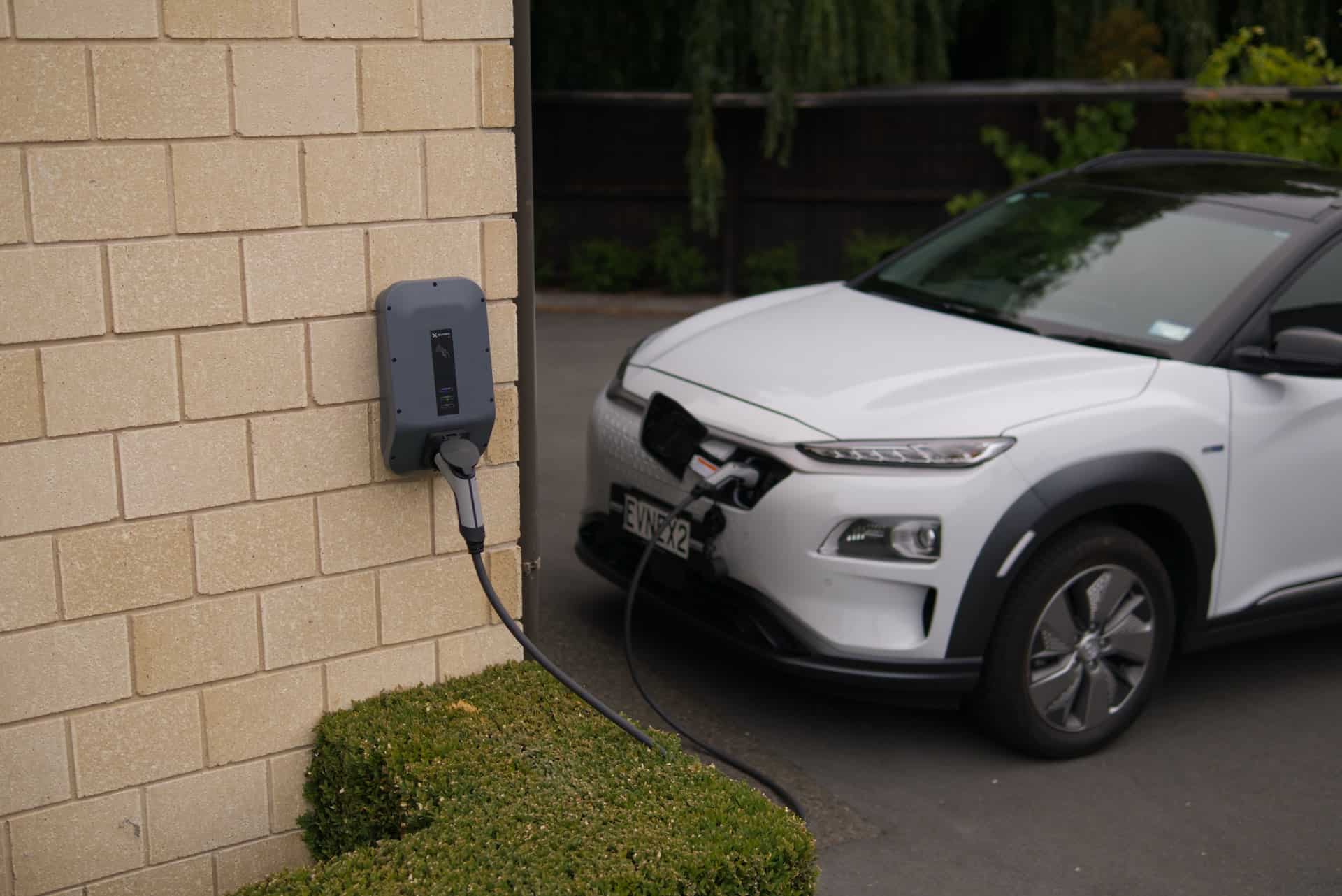
Did NASA Create a Way to Charge EVs in the Time It Takes to Brew Coffee?
October 20, 2022 - Emily Newton
Revolutionized is reader-supported. When you buy through links on our site, we may earn an affiliate commission. Learn more here.
Rapid EV charging could soon happen faster than your coffee maker takes to brew your morning espresso. A NASA-sponsored research project at Purdue University developed a new cooling technology that could transform EV charging. Although designed for applications in space, this new cooling tech could be the key to sparking a global boom in electric vehicle adoption.
NASA’s Innovative EV Quick Charge Tech
Engineers at NASA are developing the new technologies that will help humans get back to the Moon and onward to Mars. Throughout history, space travel has sparked ingenuity and innovation that led to new inventions for everyone back on Earth, too. The most recent of these inventions is a new cooling system that could revolutionize the EV industry.
A team of NASA-sponsored researchers at Purdue University announced in October 2022 that a new cooling system they are developing for NASA could have applications in rapid EV charging, as well. The system uses subcooled flow boiling. It relies on a channel of cold, non-electrically conducting liquid to actively manage heat in electrical systems.
Subcooled fluid reaches a cooler temperature well below the boiling point, though not frozen. As the electronics around the channel of fluid heat up, it gradually heats up the fluid, making it boil along the edges of the channel. The liquid removes heat from the electronics which converts the fluid into vapor. This efficient and continual removal of heat allows electronics to withstand higher electrical currents safely and effectively.
Is Cooling Critical for Rapid EV Charging?
So, why is subcooled flow boiling a big deal for the EV industry? Cooling has a major impact on battery performance and especially on EV charging times. One of the top concerns for people who are hesitant to buy an EV is the lengthy time it takes to charge most EVs overnight.
Level 2 EV chargers, the most common type for residential use, can take up to 10 hours on average to charge an EV from empty to full. Level 1 chargers, which use lower voltage, can take over 40 hours to fully charge an EV. In comparison, it only takes a few minutes to fill up a gas-powered car’s tank at the gas station.
All kinds of factors play into EV quick charge and battery performance. There has been a lot of innovation in the industry over recent years, too. For example, specialized battery coatings exist that can increase battery life and prevent corrosion. Newer batteries can power today’s EVs for more miles than in the past, as well.
Charging remains a challenge, though. Speeding up charging times isn’t as easy as simply pumping more electricity into EV chargers. If the charger and battery heat up too much during the charging process, it could damage the battery and significantly reduce the EV’s lifespan. This is actually the same reason why it is bad for smartphone batteries to use quick charging too frequently. As a general rule, heat is harmful for batteries and rapid EV charging creates a lot of heat.
NASA’s new subcooled flow boiling technique could keep EV chargers cool while handling higher loads of electricity. The Purdue researchers built a prototype charger using subcooled flow boiling that can charge an EV with 2,400 amperes of electricity. That’s nearly double the current needed to charge an EV in 5 minutes. It’s also almost five times greater than the current offered by the fastest EV chargers on the market today.
Rapid EV Charging and EV Adoption
Subcooled flow boiling could significantly impact the EV industry and EV adoption. As of 2021, there are approximately 1.4 million EVs owned in the U.S., although these only make up a small portion of overall vehicle ownership. In fact, California has the highest concentration of EVs at 563,000, accounting for 39% of EVs nationwide.
Increasing EV adoption could significantly reduce greenhouse gas emissions in the U.S., approximately 27% of which are due to transportation. However, reducing transportation’s carbon footprint relies on improving EV adoption, which requires improving EV quick charge technology. If charging an EV was just as convenient as a stop at the gas station, more people would be likely to opt for an EV over a gas-powered vehicle.
So, subcooled flow boiling might cause higher EV adoption if used on a large scale. The researchers from Purdue noted, though, that the charger power supply, charging cable, and EV battery would all need ratings sufficient to handle the full 2,500 amperes in order to take advantage of this sub-5 minute rapid EV charging. Nonetheless, subcooled flow boiling technology could go into next-generation EVs and charging stations. That improvement might lead to a boom in EV adoption thanks to the most convenient charging times yet.
The Future of EV Charging Tech
Rapid EV charging is the key to increasing EV adoption in the U.S. and around the world, which is crucial to reducing greenhouse gas emissions. NASA’s subcooled flow boiling technology may have been designed and funded for use in space. But, like so many other inventions over the years, it has incredible potential on Earth. With this new cooling technology, EV charging could be reduced to a matter of minutes, less time than the wait at an average coffee shop.
Revolutionized is reader-supported. When you buy through links on our site, we may earn an affiliate commission. Learn more here.
Author
Emily Newton
Emily Newton is a technology and industrial journalist and the Editor in Chief of Revolutionized. She manages the sites publishing schedule, SEO optimization and content strategy. Emily enjoys writing and researching articles about how technology is changing every industry. When she isn't working, Emily enjoys playing video games or curling up with a good book.
